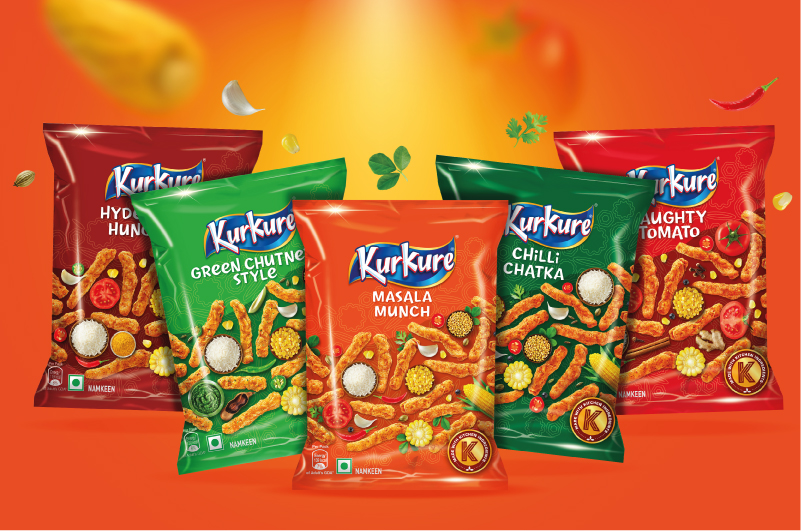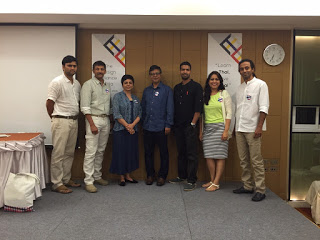(“P” and “N” are kind of long-distance friends residing in two time zones 30 years apart. “P” stays at year 2050 and “N” at 2018. These are few of the many notes '“P” wrote to ‘N”: )
Warning - PURE FICTION
Inspired from the book "Homo Deus" by Yuval Noah Harari
IIn the past, war used to be a big killer but in last few decades there is no big war. The chance of a real war is only getting slimmer as time passes. In the past, hunger used to be a cause of death. Today we already have enough food for all and in future there will not be any death due to famine. In the past, disease was a big cause of death. Today we already have knowhow and mechanism to control any deadly outbreak. Disease is no more a cause of large-scale death.
In future, we will live a very long life, may be we will have no compulsion to die.
Hey N,
You seem to be curious about how life seems at 2050. I will try and describe some of the things happening around here. Future is nothing like you see in Sci-Fi films but there is a rapid change happening. Let me try and describe few of the interesting things, which are noticeable.
Today let me tell you few examples of things happening because human beings are almost not dying anymore. At 2050 we can extend our old bodies to the maximum. Most people these days live beyond 100 years. There are no diseases or other external factors, which endanger health. Our body does become old and frail but there is no suffering due to sickness.
Scientists are now doing research for keeping the body young at very old age. In few years, we will see our mind maturing with time, but the body remaining at 20 years only.
Now let me quickly tell you some of the interesting things, which I see around myself.
There are lots of Exoskeleton shops in the city these days. There is even one at Bavdhan. This Exoskeleton centre make interesting attachable smart mechanisms which are attached to the hands and legs. They help frail bodies to increase strength of their limbs for heavy lifting and speed walking for long distance. These are individually customizable depending upon the specific weakness. It is a very helpful service, which keeps elderly people active so that they are able to take care of themselves quite well. Most of the elderly are now working and have very active life. These Exoskeleton parts come with various colours and styles. They are now considered fashion accessories. Even young people are using them, so that they can enhance their physical abilities considerably.
Next, let me tell you about Gene Therapy Clinics.
Most of the older hospitals have transformed into these clinics. They ensure long-term wellness and provide whatever medical help we need. Treatments these days are focused on gene issues.
Looking for Right companion for elderly has become a big business. Dating, live-in, changing partners is a need these days. People experiment living in various kind of relationships, as time is not a constraint any more. Relationships like commune, robo-companion, contract relationship are norms these days. Marriage is a forgotten practice now.
Now I need to go and change my body Exoskeleton. It needs more strength to keep up with my adventures world-tour journey I am planning.
With love
P



































